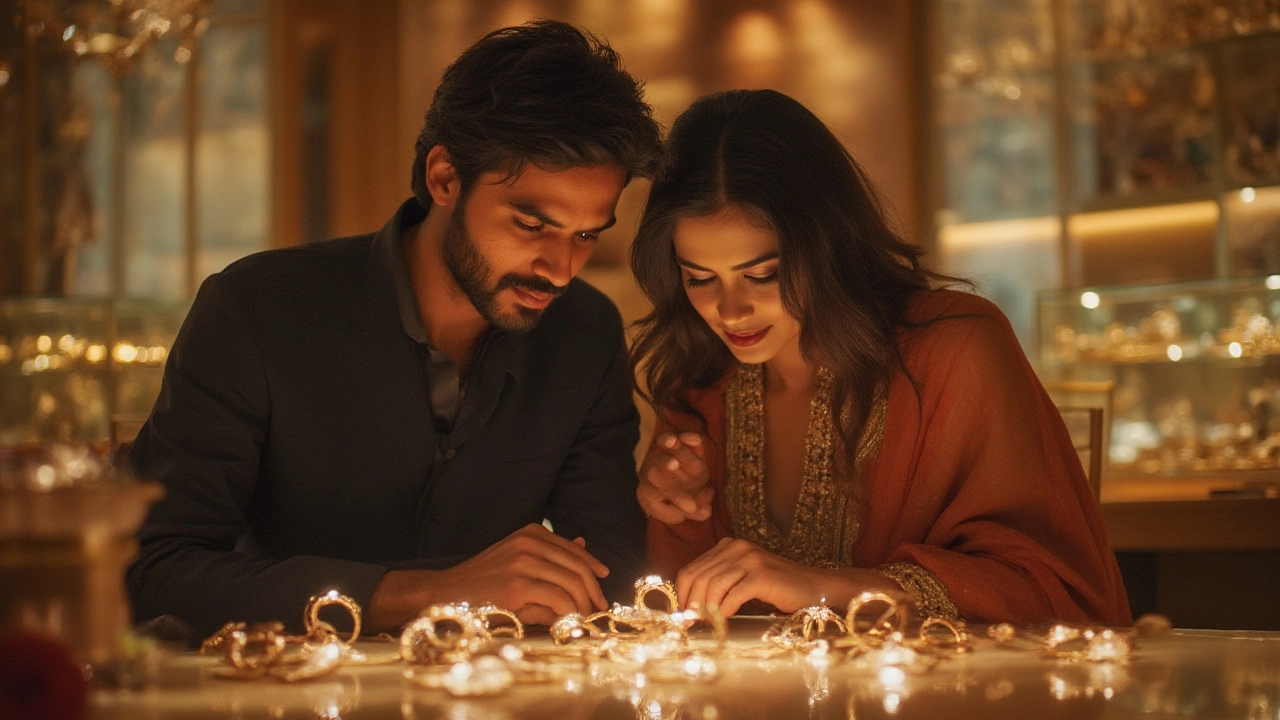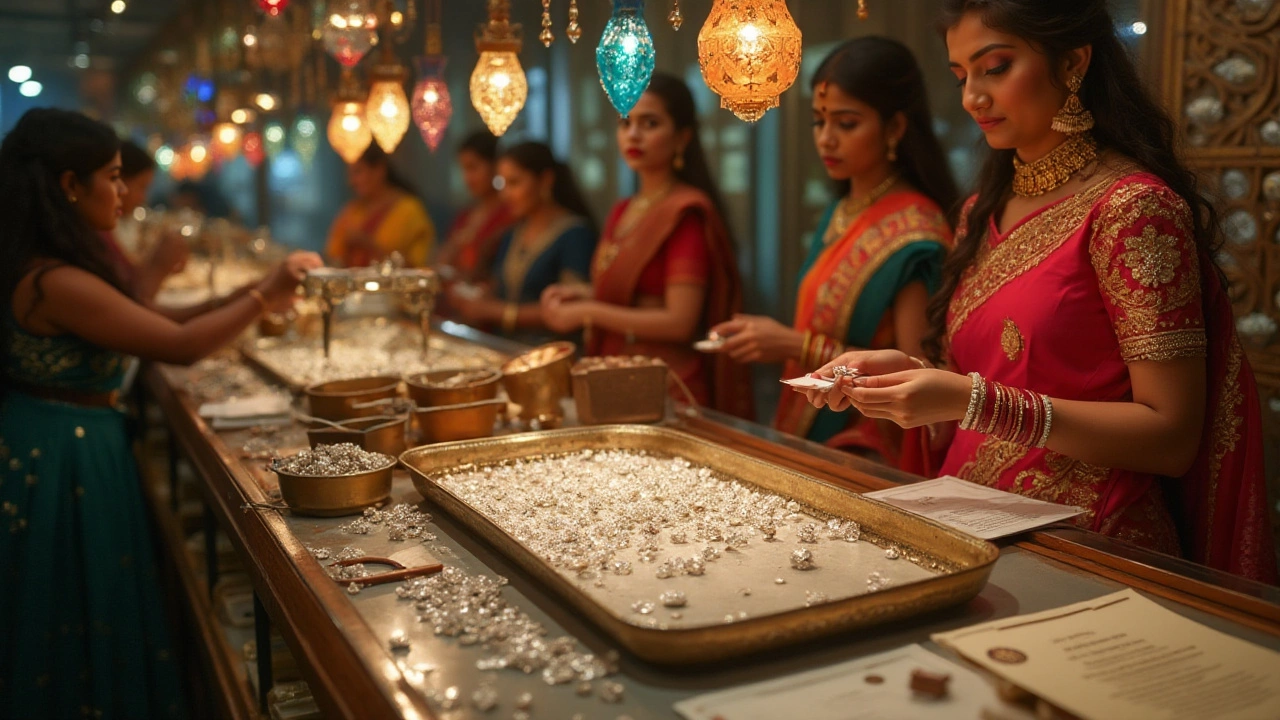
Thinking of buying a Tanishq diamond? Get a clear, honest look at quality, value, certifications, and what really matters before you decide.
When dealing with diamond authenticity, the practice of confirming that a stone is genuine, unenhanced and matches its claimed specifications. Also known as diamond verification, it helps buyers avoid fakes and overpaying. A key pillar is GIA certification, an independent grading report that rates cut, color, clarity and carat weight, which serves as the industry’s trust mark. Another critical piece is laser inscription, a microscopic ID etched on the girdle that links a stone to its report. Together these tools make the authenticity process reliable.
The journey starts with the 4Cs. Cut, color, clarity and carat weight aren’t just marketing fluff; they are measurable attributes that directly influence a diamond’s value and its authenticity check. For instance, a diamond graded D‑color and VS1 clarity with a perfect cut is unlikely to be a cheap imitation. Understanding how each C interacts gives you a quick sanity test before you even look at a certificate.
Next, think about diamond grading, the systematic evaluation performed by labs that assigns numeric or letter grades to the 4Cs. A reputable lab follows strict protocols, and its grading report includes a detailed diagram, a plotting of inclusions, and a clear statement of the grading confidence. When a report mirrors the visual appearance of the stone, you have a strong authenticity signal.
But not every report is created equal. Some local labs offer cheaper certificates that may lack rigorous standards. That’s why the industry often says, “GIA or IGI, not just any paper.” If a diamond comes with a GIA report, you can trust that the lab used calibrated equipment and unbiased graders. This relationship—diamond authenticity requires reputable grading—forms a core semantic triple in the buying process.
Laser inscription adds another layer of security. Once a stone is inscribed, the ID number can be cross‑checked with the certificate any time you visit a jeweler. It also helps in case of loss or theft, acting like a fingerprint for the gem. So, we can say: laser inscription enhances diamond authenticity by providing a tamper‑proof link between the stone and its documentation.
Price comparison is where many shoppers get confused. A genuine, high‑grade diamond will cost more, but the price gap narrows when you factor in certification and inscription costs. Knowing that a GIA‑certified, laser‑inscribed diamond with solid 4C scores is worth its price helps you avoid being swayed by flashy sales pitches on uncertified stones.
Now that you’ve got the basics—understanding the 4Cs, trusting GIA certification, checking diamond grading, and confirming laser inscription—you’re ready to evaluate any stone you encounter. Below you’ll find articles that dig deeper into each of these areas, give real‑world buying tips, and compare markets so you can make an informed choice without the guesswork.

Thinking of buying a Tanishq diamond? Get a clear, honest look at quality, value, certifications, and what really matters before you decide.

India's diamond market has gained an impressive reputation worldwide, thanks to its rich history and profound expertise in diamonds. But the question arises: does India sell real diamonds? This article explores the authenticity of diamond rings sold in India and provides buyers with tips on how to ensure their purchase is genuine. It will discuss India's role as a global diamond hub, renowned diamond sources, and how technological advancements aid in verifying diamond authenticity.